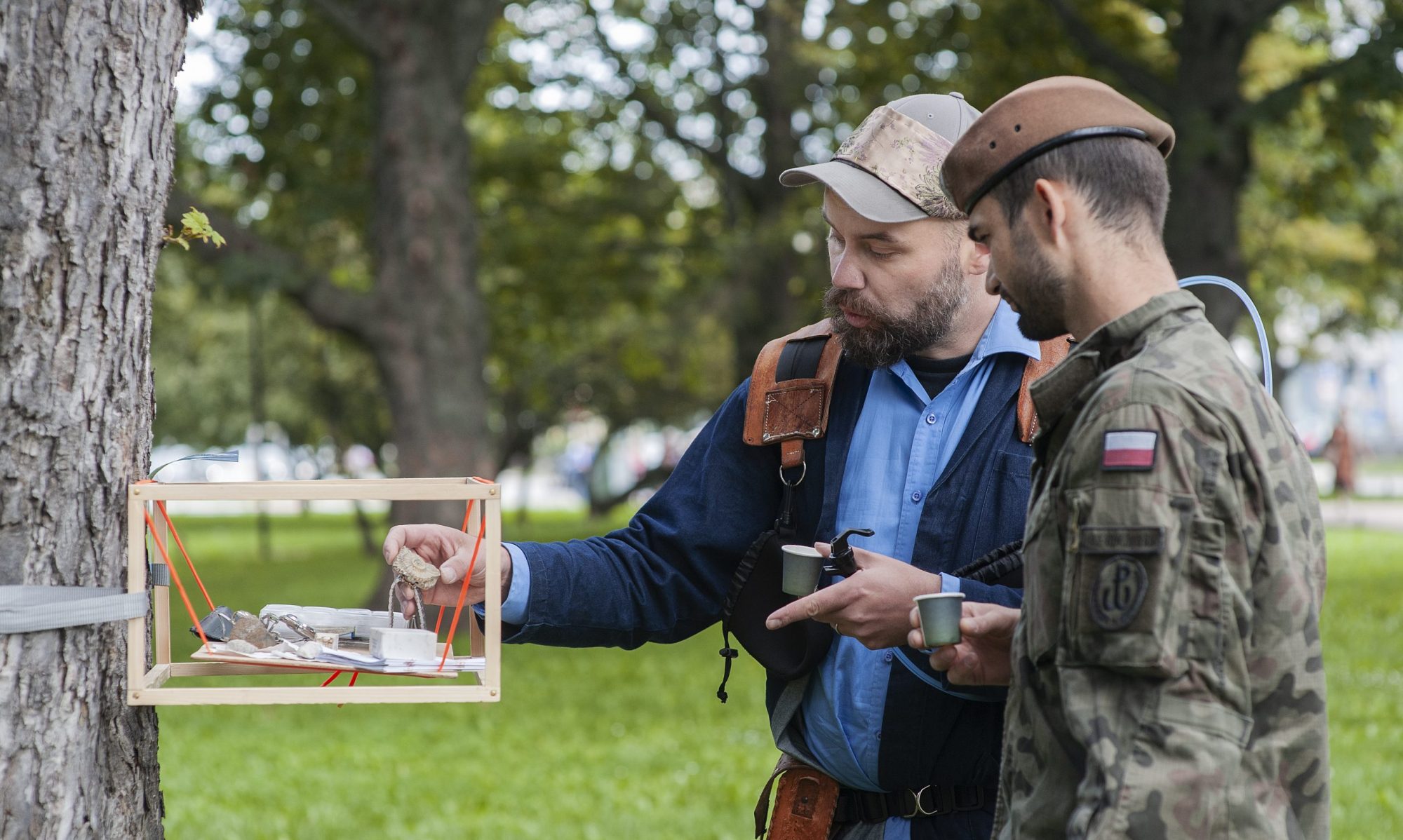I can’t believe what you say, because I see what you do (2021) Farbod Fakharzadeh. A strong critique of Finnish cultural and academic life. I feel the stagnation described in this text and I think it is the same fortress of stagnation I’ve clinged to as a career. Being white, I haven’t experienced this stagnation as a result of whiteness; I’ve imagined it as a distinctive trade of the Finnish culture and professional life. There are no careers and there is little circulation, because Helsinki is the endpoint (or Eira district to be specific). After each grant we start anew but older, perhaps energised but more often tired. So, when somebody gets a position in an institution, securing it tightly is a manifestation of professionalism. It is expected for the future prosperity of the trade.
The gig only lasts for five year anyway, after which they’ll have to start applying for grants to sustain themselves. There is intellectual and artistic progress but nowhere to progress to (as of yet anyway, a critical mass is still being accumulated!). Working abroad is difficult because we are dependent on native English/German/French/Russian speakers for engaging in “international” discussions and it feels like trends are set elsewhere. I’ve been told by some artists based in the north that they are primarily approached from central Europe because they are self-funded, efficient and bring good money to “international” projects.
I still thought Western academics really mean what they say in their books. Later I realized that they’ll do the exact opposite if their position of power is threatened.
The text echoes a strong disappointment of universities and the empty promises of western academic life. I sympathize with this. Still… Being in and from a university signifies me as a member of an elite. For me, this vantagepoint makes it possible to accept odd-jobs which I’d otherwise deem degrading (I think being a part of academia is a confidence boost more than a career). Working at (and for) Frame, Kiasma, EMMA or serving as a board-member/staff at SIC, Outo olo, Asbestos etc. can be a once in a lifetime career highlight. Recently we’ve witnessed some sliding from private gallery management positions to serve in museums. But as Fakharzadeh notes, unfortunately serving in an artists run organization very seldom provides similar career opportunities.
I’m puzzled as to how we can better enable this. We need to act fast, because culture and art funding will be severely cut in coming years. Even today we can see Finland failing to sustain the positions babyboomersbabys have established. University staff, museum directors and festival producers are chronically overworked because they can’t afford to employ staff. Which is why Fakharzadehs suggestion of administration pay cuts is great. We should investigate if setting a maximum salary of 2500€/month for all university, government and city culture/art-workers, is a step we need to consider for reaching sustainability and to better enable class circulation. The principal could be summarized as: Less money, more staff. This would mean that people couldn’t afford to live in Eira but I think this is a sacrifice we can live with.
Eventually I’d like to socialize the funds of all Finnish art supporting foundations, use there assets to buy real estates and donate them to to artist run associations. If not that I’d settle for seizing offshore funds of tax-evader or a moderate degree of progressive taxation. I wonder, if we were to de-fund the National Gallery, who in the world would care to witness this art community?

